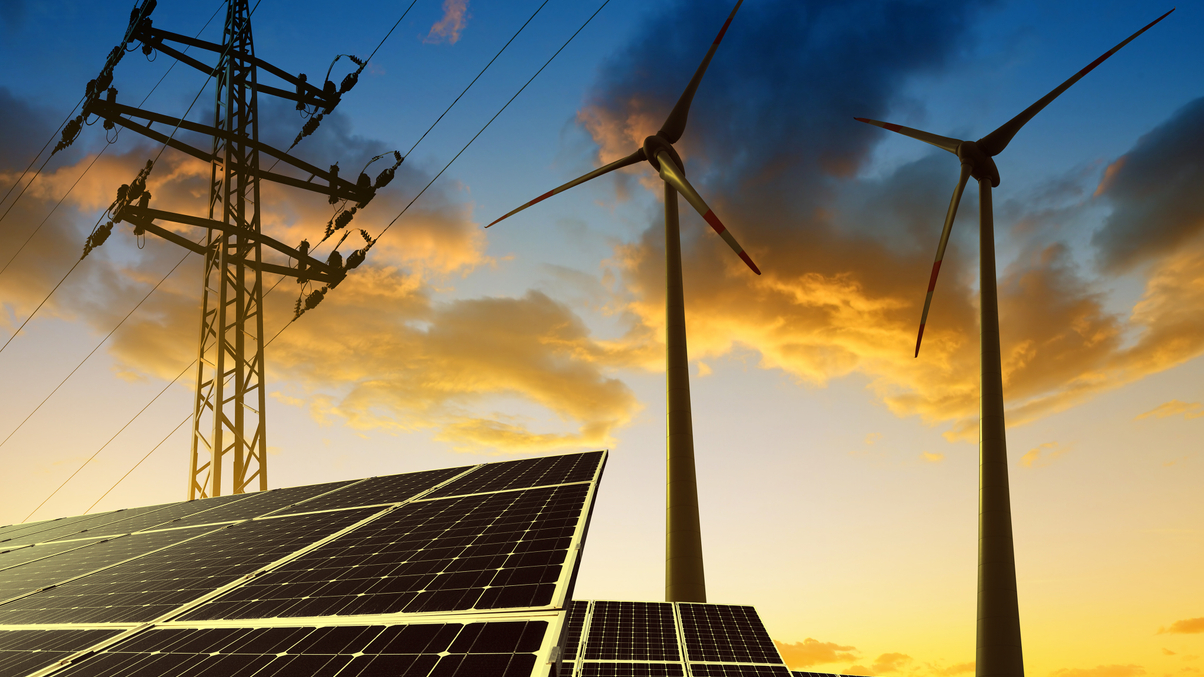Market Views: How does energy market turmoil provide investment opportunities?
The Russia-Ukraine conflict is influencing global energy markets, with fluctuating prices and turmoil as a result. But how should investors assess the situation?

The Russia-Ukraine conflict has changed or halted flows of energy in primarily Europe and secondly the global market, especially for fossil fuels. The ongoing shake-up of energy markets has seen new price levels this year.
Sign in to read on!
Registered users get 2 free articles in 30 days.
Subscribers have full unlimited access to AsianInvestor
Not signed up? New users get 2 free articles per month, plus a 7-day unlimited free trial.
¬ Haymarket Media Limited. All rights reserved.


